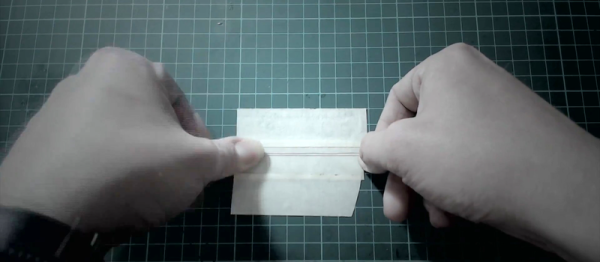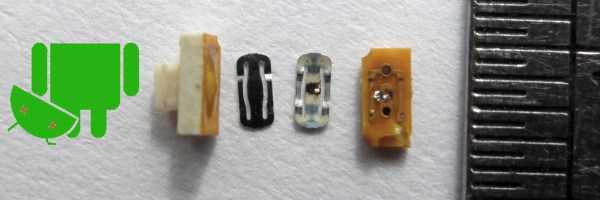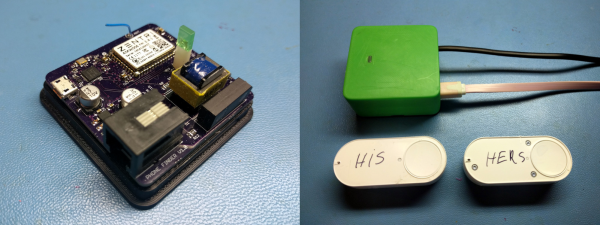If you’ve ever had the screen break on your laptop, you’ll know it can be rather annoying to have to use an external monitor for a while as you either wait for a replacement panel to arrive from the other side of the world, or wait for that new laptop you were just desperate for an excuse to upgrade to.
Spare a thought, then, for [tom bh] whose laptop screen broke while he was in Ladakh, Northern India. Two days bus ride from the nearest city in which he could hope to source a replacement part, he had to make do with the resources in front of him. A laptop with a broken screen, and his Android phone.
He was fortunate in that a few lines at the top of the screen still worked intermittently. So after logging in blind and finding himself in a shell, he could execute commands and then scroll the results up to the point at which they were visible. He first enabled an SSH server, then connected his phone via USB. A bit of work to find the laptop’s IP address, and he could get himself a laptop shell on his phone with an Android SSH client. He goes into detail about how he was able to use the laptop’s keyboard to emulate a Bluetooth device which he connected to the phone. He could then run a VNC server on the laptop and connect to it with a VNC client on the phone, resulting in a phone-sized laptop display using the laptop’s keyboard as input. Not a perfect physical terminal by any means, but enough for him to continue working.
His writeup is an especially interesting read for its side-by-side evaluation of the various different application choices he made, and contains some useful suggestions as to how anyone might prepare themselves for a dead screen related emergency.
We’ve featured a dead-screen laptop connected as a serial terminal with an Arduino in the past, but unlike this one that only gave its owner a prompt.
Via Hacker News.











 Enter the
Enter the 










